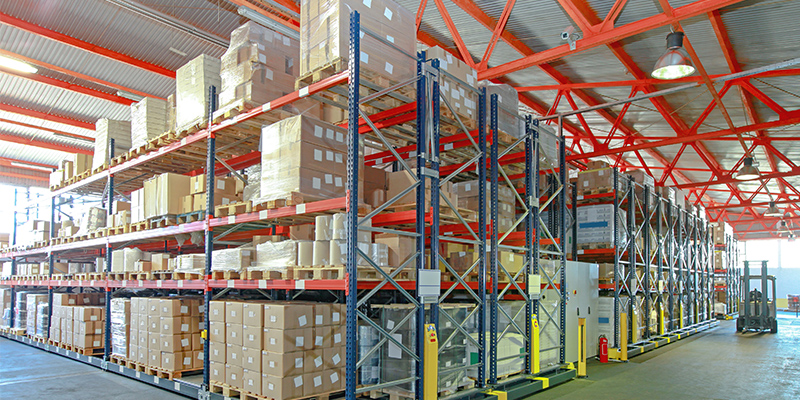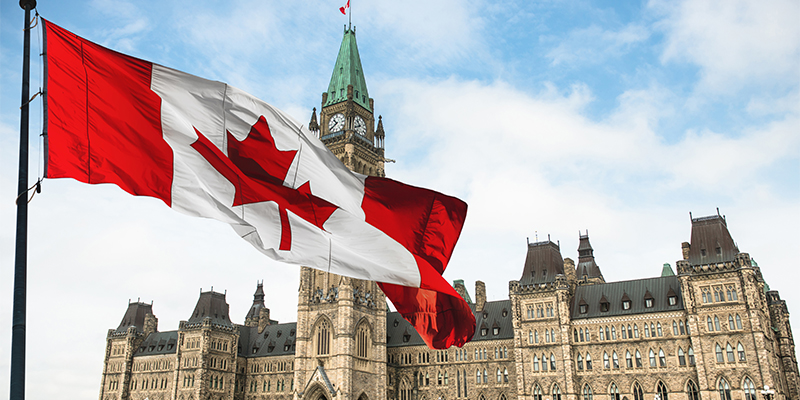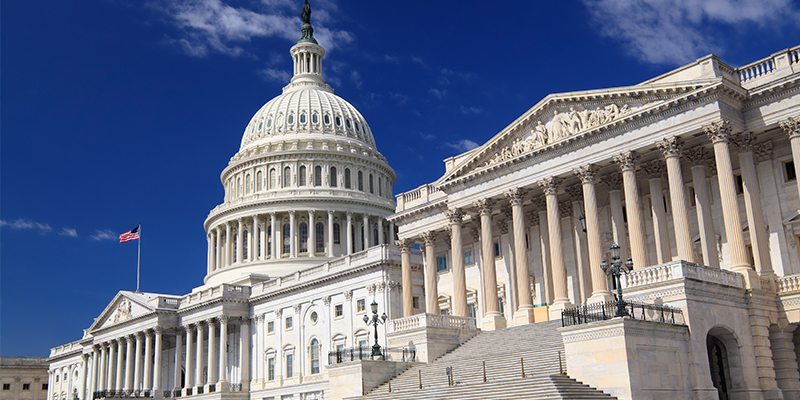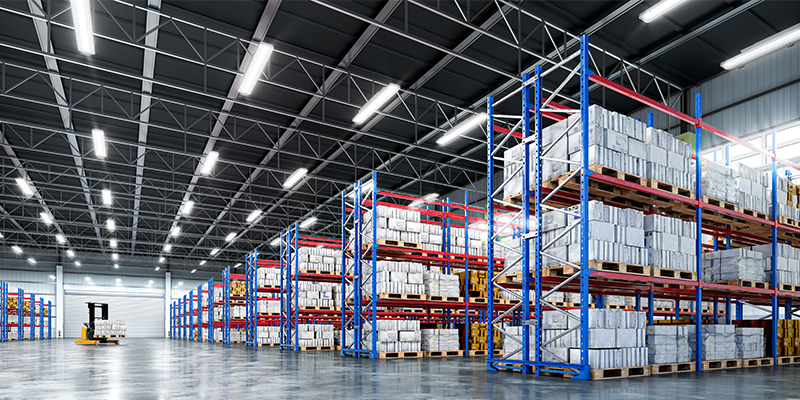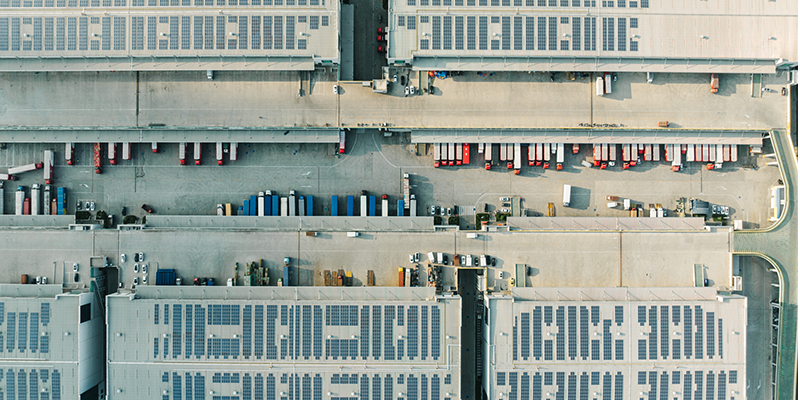The U.S. industrial real estate market is undergoing a period of significant adjustment, according to the newly released NAIOP Industrial Space Demand Forecast, Third Quarter 2025. After years of strong growth, demand slowed markedly in the first half of this year, with absorption turning negative in the second quarter for the first time since 2010. While near-term challenges remain, the report’s authors project a recovery beginning in 2026 as market conditions stabilize.
Key takeaways from the report include:
- Total absorption for the first half of 2025 was well below recent norms. Industrial demand contracted 11.3 million square feet in the second quarter of 2025, following modest growth earlier in the year, bringing total absorption to just 27.0 million square feet for the first half of the year. The decline was largely attributed to persistent macroeconomic uncertainty, including unclear tariff policies and high interest rates, which caused many occupiers to defer leasing decisions. Looking ahead, the forecast projects net absorption of only 2.8 million square feet for the remainder of 2025, effectively signaling a flat year for demand.
- Demand is expected to rebound as companies adjust to a new tariff environment and gain confidence in long-term planning. Forecasts call for absorption of 119.3 million square feet in 2026, followed by 109.7 million square feet in the first half of 2027. While growth is unlikely to match the record-setting pace of the early 2020s, these levels suggest the sector will regain momentum after its current slowdown.
- A key factor influencing current conditions is the mismatch between supply and demand. Developers delivered nearly 195 million square feet of new industrial space in the first half of 2025, pushing the national vacancy rate up 50 basis points to 6.7%. With 466 million square feet still under construction, vacancies may continue to rise until demand catches up. For now, rental rates are expected to remain flat, with potential declines in some markets with significant new supply.
- Uncertainty around tariffs has made it difficult for occupiers that import or export goods to make long-term commitments. Although fears of escalating trade conflicts have eased following recent negotiations, tariffs are expected to remain elevated. The report suggests that occupiers will need to adapt their strategies to this new reality, balancing costs and supply chain structures against space needs.
- The slowdown in industrial demand mirrors wider economic trends. GDP growth has been volatile, swinging from -0.5% annualized in Q1 to 3% in Q2 due to inventory and trade shifts. Averaging out these fluctuations, growth is closer to 1%-1.5%, signaling moderation. Employment growth has also cooled, with July showing only modest gains and prior months revised downward. On the monetary policy front, interest rates have remained steady in 2025, while inflation has stabilized around 2.7%. The Federal Reserve is expected to cut rates by year’s end if the labor market continues to soften, a move that could reduce uncertainty and spur leasing activity.
While 2025 is shaping up to be a challenging year for industrial real estate, the latest forecast underscores that the current slowdown is not permanent. As trade policies become clearer and monetary conditions ease, occupiers are likely to re-enter the market with renewed confidence. By 2026, absorption levels are expected to pick up again, supporting a healthier balance between supply and demand.

